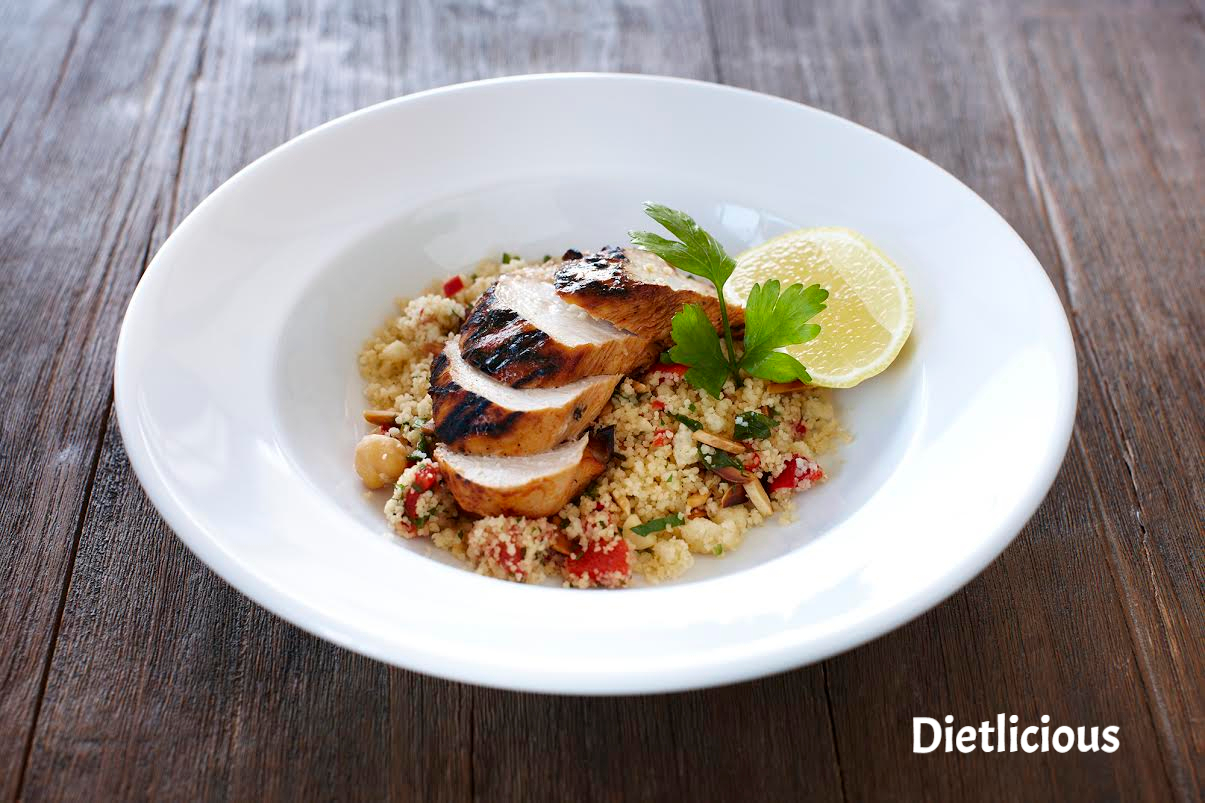If you have done what nearly every other person has done – and overindulged over the Christmas and New Year period – you’re only human. It’s a time of the year to celebrate, enjoy seeing family and friends, and sometimes the tempting foods can get the better of us.
You can’t go back in time and un-eat all of the chocolates and mince pies. There’s no point dwelling on it, or wishing you hadn’t eaten the last bag of chips. It’s in the past. It’s a new year, a new day – and fortunately we can healthily get back in shape.
Severely restricting calorie intake, skipping meals, and fad dieting won’t do this for you. This type of dieting is
- unhealthy and rarely successful
- not not going to achieve long term weight loss
- known to slow down the body’s basal metabolic rate
- counter-productive- as the body tries to conserve energy (calories)
- detrimental and often begins a vicious cycle
Instead, focus on improving your eating habits by
- eating small nutritious snacks throughout the day to prevent extreme hunger (i.e. a handful of almonds, carrot sticks with hummus)
- using smaller serving plates/bowls (or just give yourself a smaller serving)
- being organised – have healthy food available for when you get hungry
- not buying snacks you know you can’t resist – save them for once a week and allow yourself this special treat then- and only then
- eating two pieces of fruit every day – mix it up for variety
- planning each meal in advance – so you don’t find yourself in situations where cookies are the only solution
- eating breakfast every day – it is the most important meal of the day especially if you are trying to lose weight
- never skipping meals
- increasing your vegetable intake
- finding healthy foods you enjoy to create sustainable healthy habits
- cutting out refined sugar (as much as you can)
- cutting out “snack foods” such as chips, donuts etc. (as much as possible)
- eating fresh foods where possible
Of course – healthy eating and nutrition need to be teamed with physical activity.
It is recommended that Adults participate in 30 minutes of moderate intensity physical activity on most days.You can accumulate these 30 minutes by breaking them down into blocks of 10-15 minutes.
Besides adding in some exercise, you should also look to be active every day as much as you can. There are many ways this can be done, such as by
- parking further away from your destination so you can walk some of the way
- getting off the train/tram/bus one-two stops earlier
- getting up earlier to fit exercise into your day
- taking the dog (or even your cat) for a walk
- getting the whole family to go for a walk after dinner
- getting colleagues to join you for a walk/jog at lunch – even if only for 10-15 minutes
- starting small (e.g. 5 minute run) and working towards getting your 30 minutes in each day
- cycling to work instead of driving
There are many physical health benefits of participating in physical activity/exercise – the following are only a few:
- reduction in risk of heart disease by as much as half
- reduced risk of having high blood pressure and high cholesterol
- reduced stress levels
- prevention and treatment of non-insulin dependent diabetes
- decreased body fat
- improved quality of life and long-term health
- increased energy
- improvement in sleep
- improved fitness and stamina
- reduced risk of chronic disease and death
Recommended links:
To view the Australian Physical Activity Guidelines – please click the following link http://www.health.gov.au/internet/main/publishing.nsf/content/health-pubhlth-strateg-phys-act-guidelines#guidelines_adults
For a guide to the Healthy Living Pyramid – also known as the “food pyramid”, visit http://www.nutritionaustralia.org/national/resource/healthy-living-pyramid


